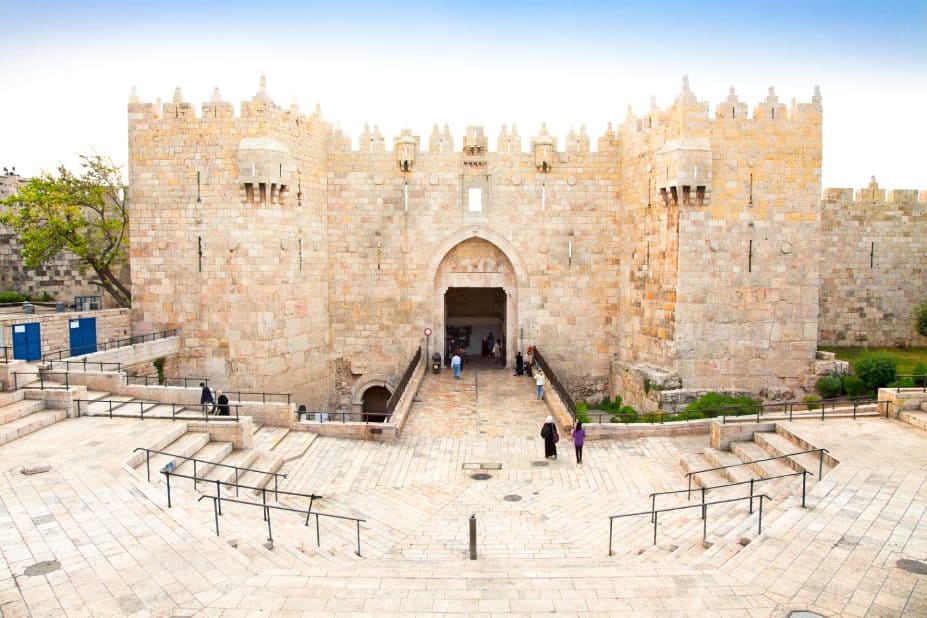Zion Gate, is one of the eight gates of the Old City of Jerusalem. Located on the southern side of the city, it leads to the Jewish Quarter and is named after Mount Zion, the hill on which the various sites are located.

Zion Gate holds significant historical and religious importance. During the 1948 Arab-Israeli War, the gate was heavily fortified and a crucial entry point for Jewish fighters and supplies into the Jewish Quarter. It was also the site of fierce battles between Israeli and Jordanian forces, and the bullet holes and scars from the conflict can still be seen on the gate’s walls.
The Gates of the Old City of Jerusalem

Today, Zion Gate is a popular site for visitors to the Old City of Jerusalem. It is near several important landmarks, including the Western Wall, the Church of the Holy Sepulchre, and the Tower of David Museum. The gate also symbolizes Jerusalem’s rich history and the enduring connection between the Jewish people and the city.
Zion Gate was built in July 1540, west of the location of the medieval gate, which was a direct continuation of the Street of the Jews (also known as the Cardo). Six sentry towers were erected in the southern segment of the wall, four of them situated in the Mount Zion section.
The Gate, like Jaffa Gate, is a turning gate. In other words, it has a 90-degree angle to pass through the gate. This was made for tactical reasons, making it more difficult for the enemy to take over the city.
Zion Gate is not only a testament to the history and spirituality of Jerusalem but also a symbol of the city’s resilience and enduring spirit.

